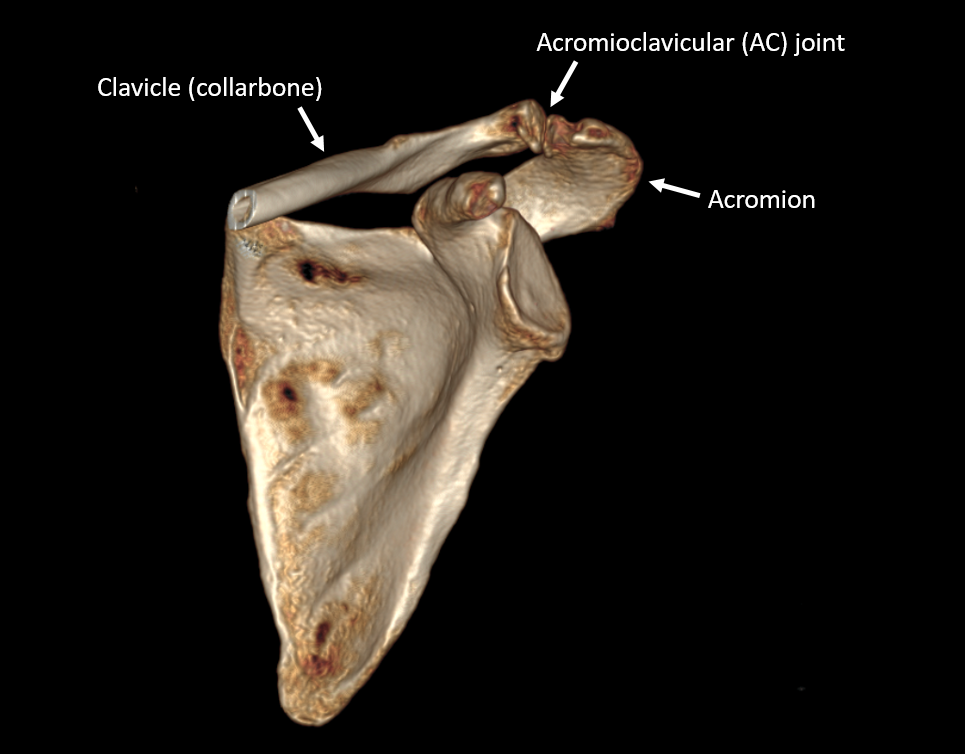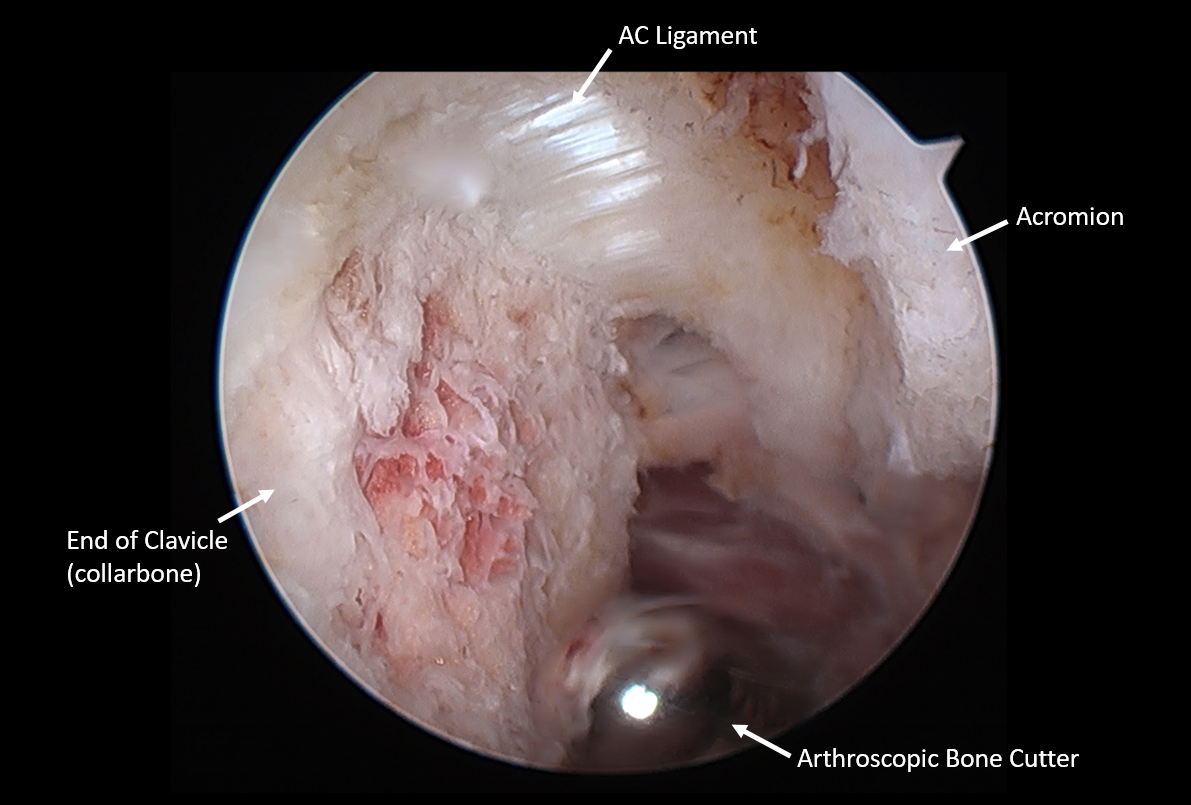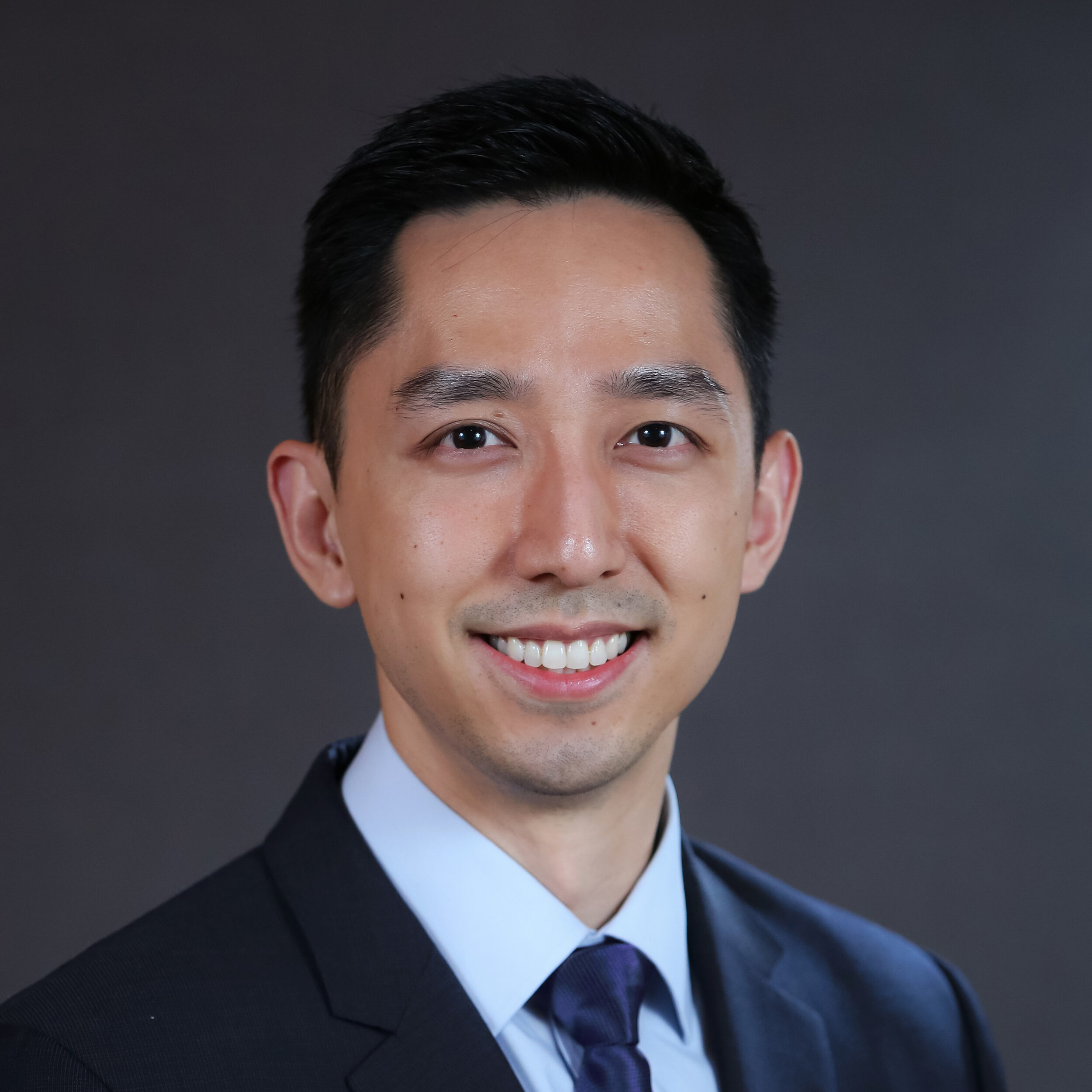Michael Fu, MD - HSS Orthopedic Surgeon and Shoulder Specialist
Shoulder Acromioclavicular (AC) Joint Resection Surgery
As discussed in our patient education article on AC joint arthritis, it is a common condition that results in pain around the AC joint, which is at the end of the clavicle (collarbone). This joint is located at the top of the shoulder, where the collarbone (clavicle) meets the highest point of the shoulder blade (acromion). The AC joint is pivotal for overhead and arm movements, making it susceptible to wear and tear or injury. The symptoms are typically worse with weight lifting, laying directly on the shoulder, and reaching across your body.
Shoulder acromioclavicular (AC) joint
AC Joint Resection Surgery
For patients that have tried non-surgical treatment without success, surgery may be necessary. AC joint resection, also known as distal clavicle excision or a Mumford procedure, is a surgical procedure aimed at relieving pain and discomfort in the AC joint.
The procedure can be performed arthroscopically, allowing for a less invasive approach with a quicker recovery time compared to open surgery. During the surgery, a small portion of the clavicle is removed to prevent it from rubbing against the acromion, which is the primary source of pain. This creates a space between the acromion and the cut end of the clavicle, allowing the joint to move freely without the bones rubbing together.
Arthroscopic shoulder AC joint resection (distal clavicle excision)
Right after surgery, it's common to experience discomfort and limited mobility. Your shoulder will be in a sling to immobilize it and facilitate the initial healing process. Pain management is a priority, with medications prescribed to manage discomfort. Ice packs and rest are also recommended to reduce swelling and pain. In the first few weeks post-surgery, protecting your shoulder from strain is crucial. Avoid lifting heavy objects or engaging in activities that may stress the shoulder. Adhering to these restrictions ensures the surgical site heals properly without complications.
Physical therapy plays a vital role in your recovery, typically starting a few weeks after surgery. Initially, therapy focuses on gentle exercises to improve range of motion without compromising the healing process. Gradually, as healing progresses, exercises become more strenuous, aiming to strengthen the shoulder muscles and restore full functionality.
Returning to your normal activities is a gradual process. The timeline varies for each patient, depending on the surgery's extent, your overall health, and how well you follow the post-surgery rehabilitation plan.
Conclusion
Shoulder AC joint resection is a reliable surgical option for treating problems associated with AC joint arthritis that have not responded to conservative treatments. By understanding the reasons for the procedure, how it's performed, and what to expect during recovery, patients can feel more prepared and confident in their journey towards pain relief and improved shoulder function. Please contact our office for a consultation to determine the most appropriate treatment plan for individual cases.
About the Author
Dr. Michael Fu is an orthopedic surgeon and shoulder specialist at the Hospital for Special Surgery (HSS) in New York City (NYC) and New Jersey (NJ), the best hospital for orthopedics as ranked by U.S. News & World Report. Dr. Fu is an expert at shoulder rotator cuff repair surgery, shoulder instability surgery, and shoulder replacement. Dr. Fu was educated at Columbia University and Yale School of Medicine, followed by orthopedic surgery residency at HSS and sports medicine & shoulder surgery fellowship at Rush University Medical Center in Chicago. He has been a team physician for the Chicago Bulls, Chicago White Sox, DePaul University, and NYC’s PSAL.
Disclaimer: All materials presented on this website are the opinions of Dr. Michael Fu and any guest writers, and should not be construed as medical advice. Each patient’s specific condition is different, and a comprehensive medical assessment requires a full medical history, physical exam, and review of diagnostic imaging. If you would like to seek the opinion of Dr. Michael Fu for your specific case, we recommend contacting our office to make an appointment.



